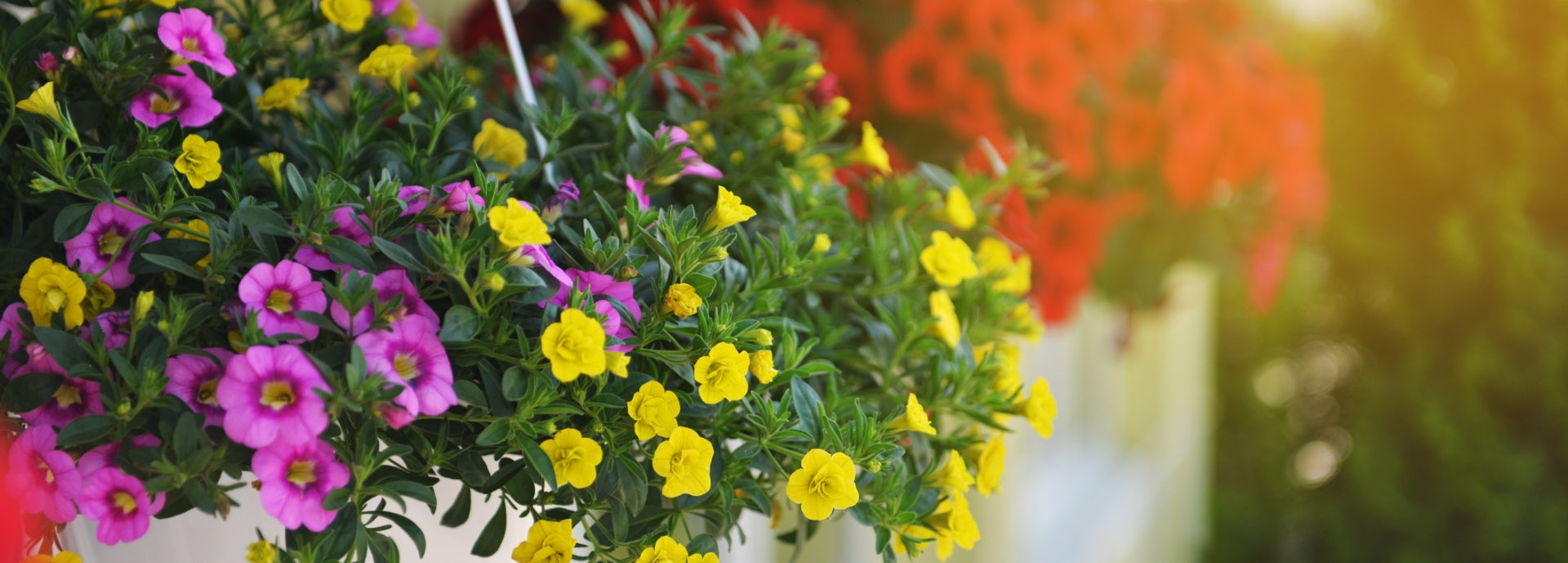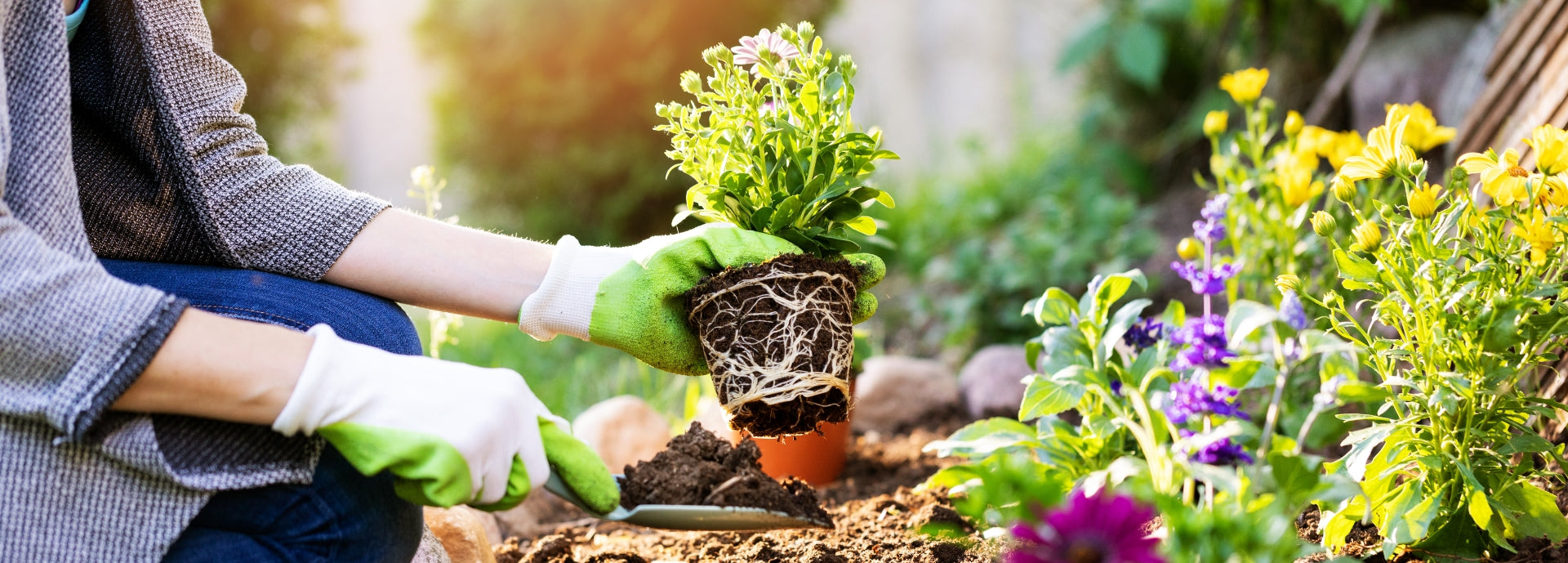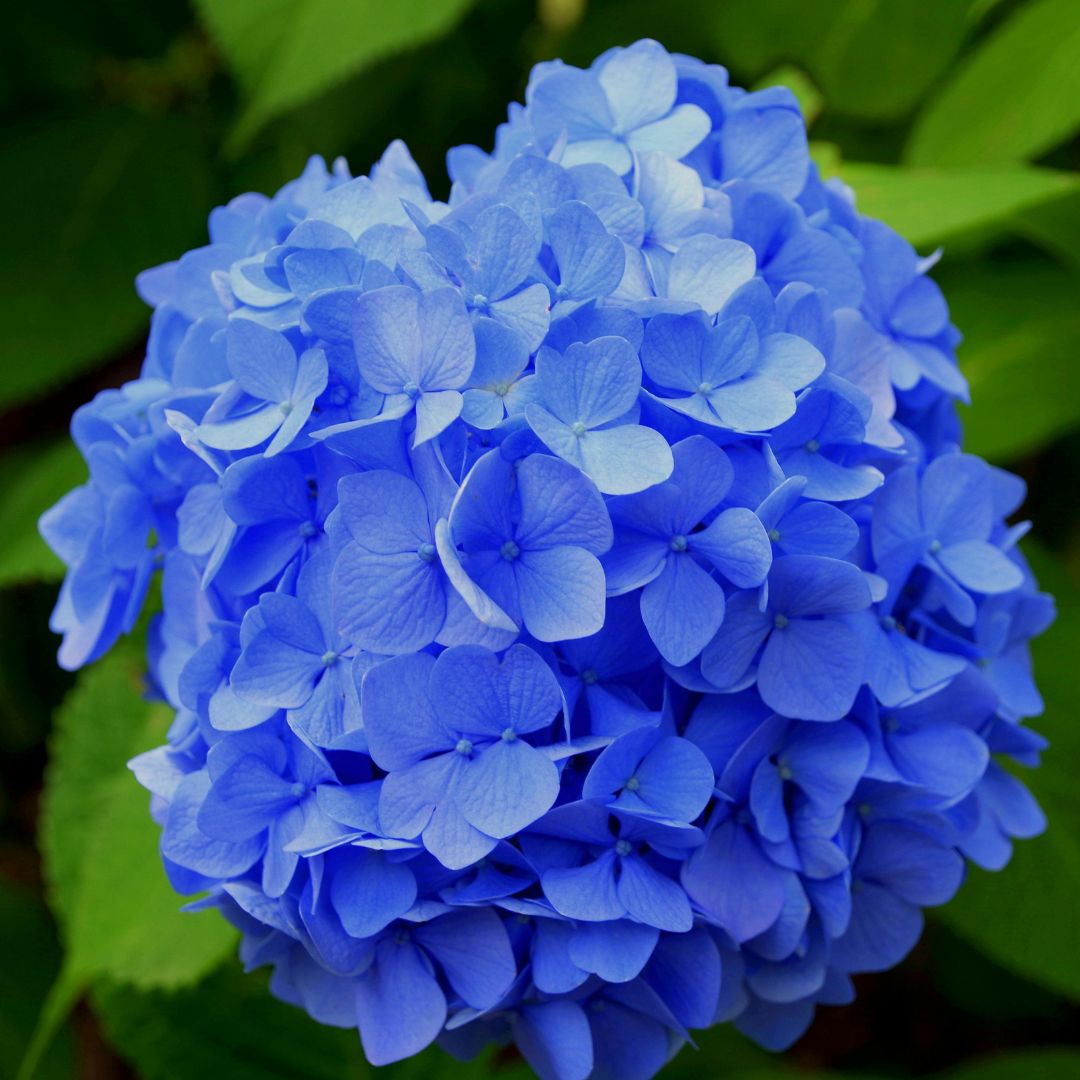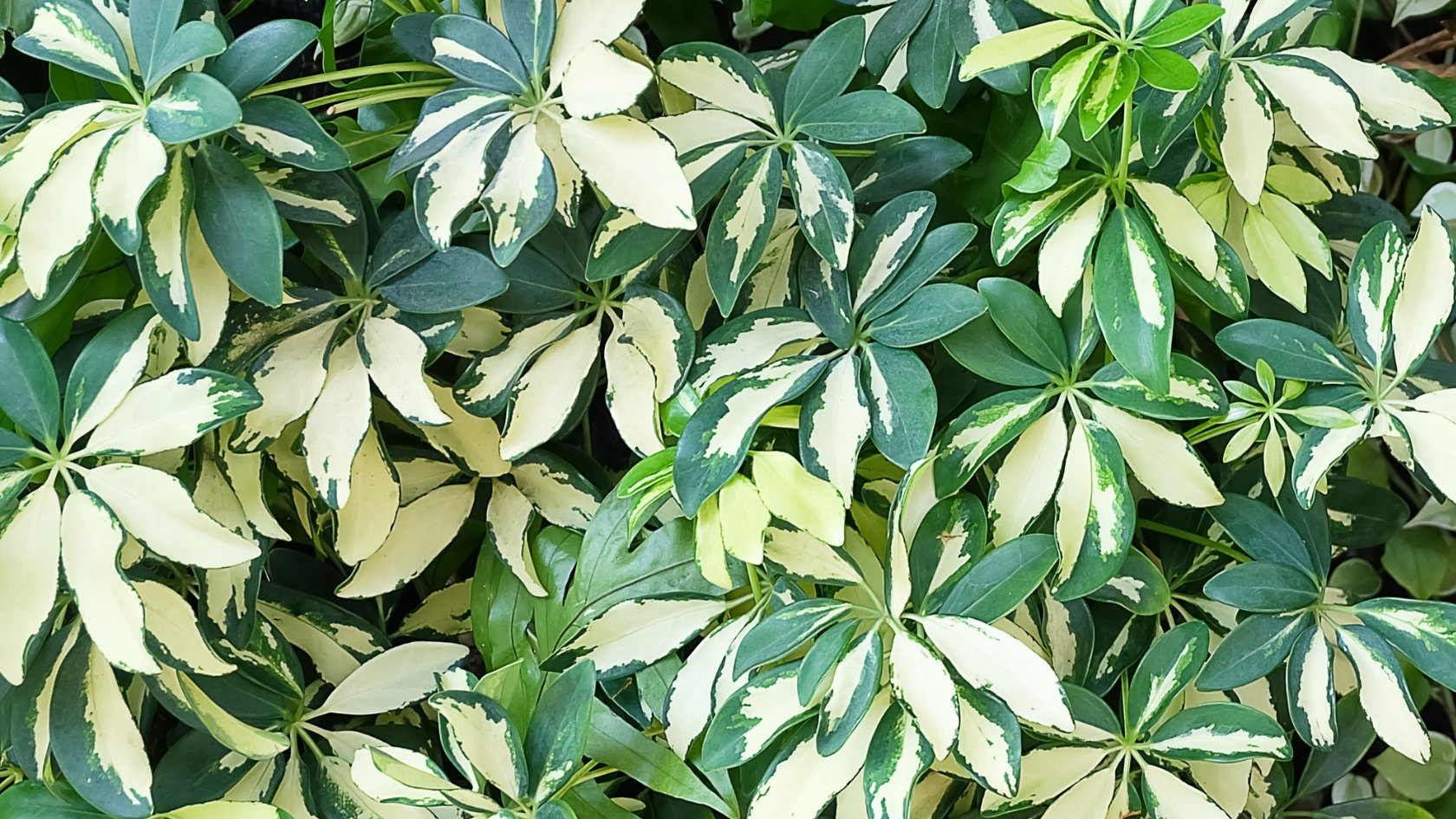Pruning is an essential part of maintaining your annual plants. Not only does it help to keep your garden looking neat and tidy, but it also encourages healthy growth and promotes more blooms. Pruning your annuals at the right time and in the right way can make a huge difference in the health and appearance of your garden.
The first step in pruning your annuals is to determine the right time to do it. The best time to prune annuals is usually after they have finished blooming. This allows you to remove spent blooms and dead branches, while also encouraging new growth.
When pruning your annuals, it's important to use sharp, clean pruning shears to make clean cuts. This will help to prevent disease and encourage healing. Start by removing any dead or diseased branches, as well as any branches that are crossing or rubbing against each other. This will help to increase air flow and light penetration, which will promote healthy growth.
Next, focus on shaping your plants. This can be done by removing any branches that are growing out of bounds, or that are too tall or leggy. By removing these branches, you will encourage bushier growth, which will lead to more blooms.
It's also important to remove spent blooms, also known as deadheading. This will help to redirect the plant's energy into producing new blooms, rather than producing seeds.
Another important aspect of pruning is to pinch back the tips of your annuals, this is known as pinching. Pinching back the tips of your plants will help to promote bushier growth and more blooms. This is especially effective for plants that are leggy or tall.
It's also important to keep in mind that some annuals should not be pruned, such as those that are grown for their foliage, not their flowers.
By following these tips, you can prune your annuals effectively, ensuring that they are healthy, neat and beautiful. Remember to pay attention to your plants and make adjustments as needed.
Happy pruning!








